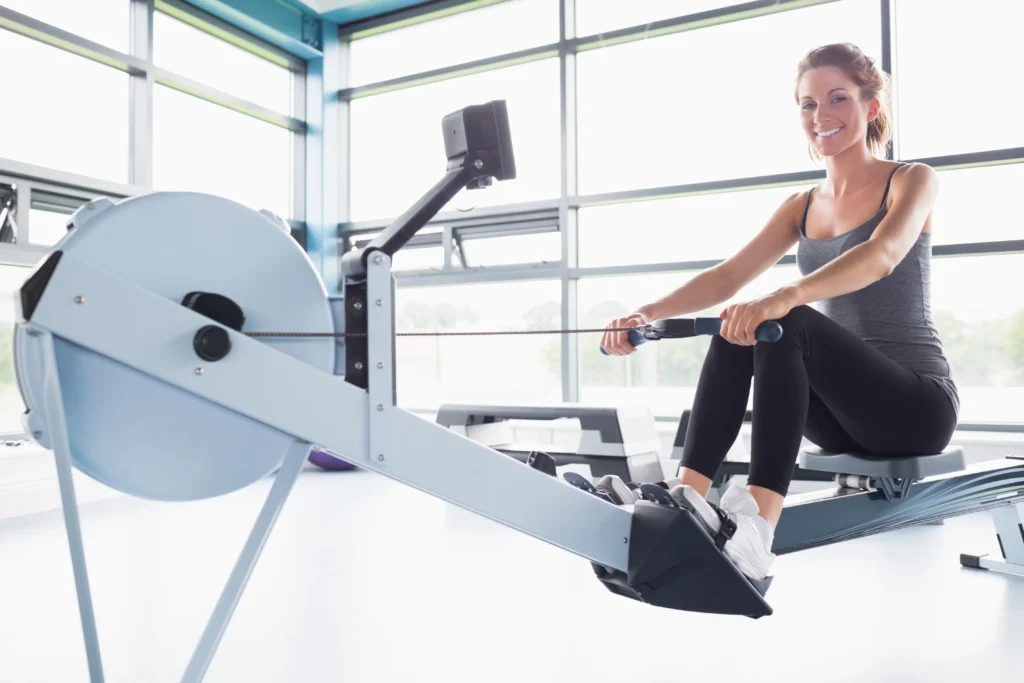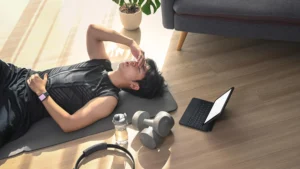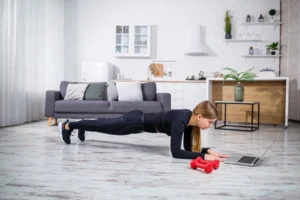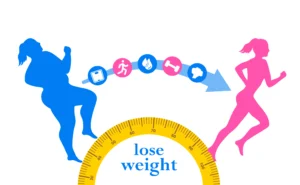Rowing Machine Tips – Key Facts You Need to Be Aware of

A rowing machine or an ergometer is an exercise equipment that you commonly find in the gym. It works by simulating the action of rowing a small boat as you pull yourself along the surface of the water. Because the muscles of the upper and lower body are worked aerobically, it is a good exercise for those seeking to lose weight. A woman who weighs about 150 pounds can expect to burn about 300 calories on the average if she stays on the rowing machine for 30 minutes. Of course, those who weigh more can burn more calories. Prolonging the exercise can also be beneficial both for achieving more weight loss and for improving cardiovascular health.
The rowing machine is one of the best equipment for those seeking to lose excess fat and tone their body because both hands and feet are utilized during the activity. The rowing movement itself tones the muscles in the abdomen, the thighs and the upper arms that tend to sag when you start losing fat.
The ergometer, however, is not a simple machine that can just be used without adequate preparation and proper technique. To prevent injury and strain, make sure that you limber up before getting on the machine. Flex your muscles and joints, especially your hamstrings so you can avoid strain. Also, when you’re a beginner, don’t overexert yourself and row only at light resistance levels for no more than 20 minutes two times a week as your body is still trying to get used to the activity.
When you get on the rowing machine, don’t lock your knees or elbows and keep your joints loose and slightly flexed. Grip the “oars” provided in a firm but relaxed manner. Start at low resistance settings so you do not tire easily. Employing a slow but steady mindset is important in helping you accomplish a complete cardiovascular routine on this equipment. Only your leg and hip muscles must be used as your row so you don’t injure your back. A common error of neophyte rowers is utilizing the back muscles as they row to compensate for lack of strength. This is potentially injurious for the lower back as it causes undue strain on the muscles that shouldn’t be employed while rowing.
Don’t go full speed right away as soon as you get a grip on the handles. Get a good rhythm going for a couple of minutes first before really going at it in strong, powerful strokes. As has already been mentioned, beginners should aim for no more than twenty minutes of power rowing at light resistance per session. Those who are already in the intermediate stages of their experience with the rowing machine can row for an average of thirty minutes three times a week alternating 30 seconds of light and hard rowing during the entire session. Advanced exercisers can row up to an hour at high intensities four times a week. After each rowing session, make sure that you give your body enough time to cool down by pulling at the “oars” lightly and rhythmically for five minutes.





